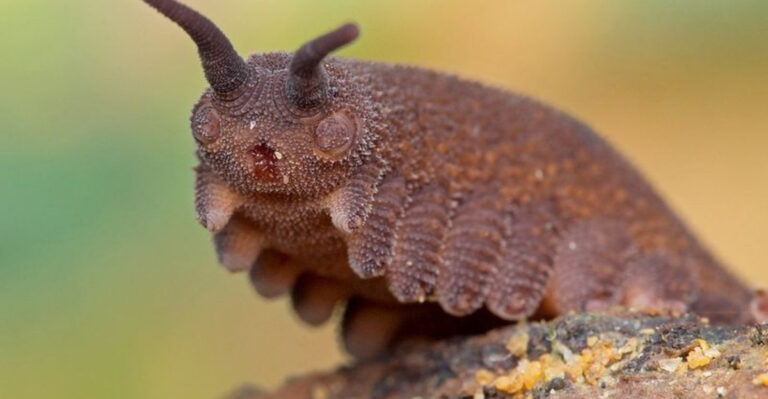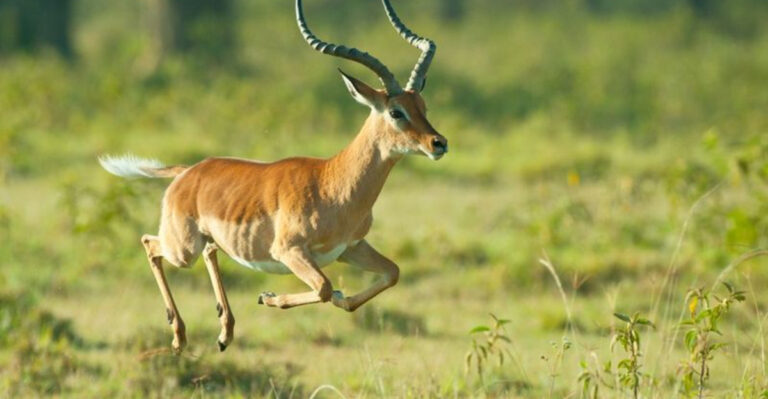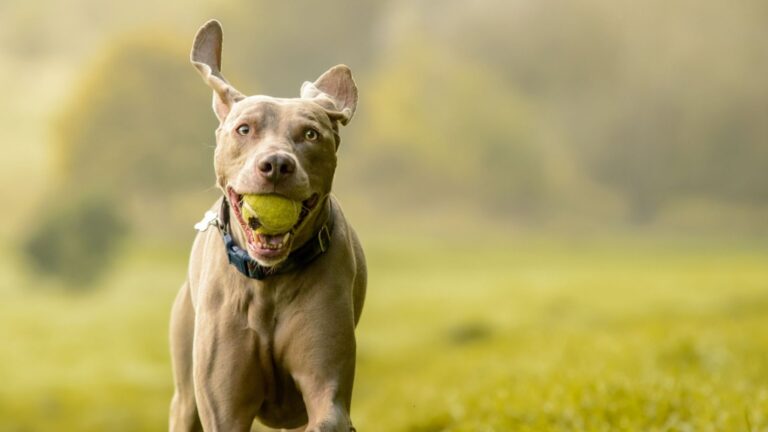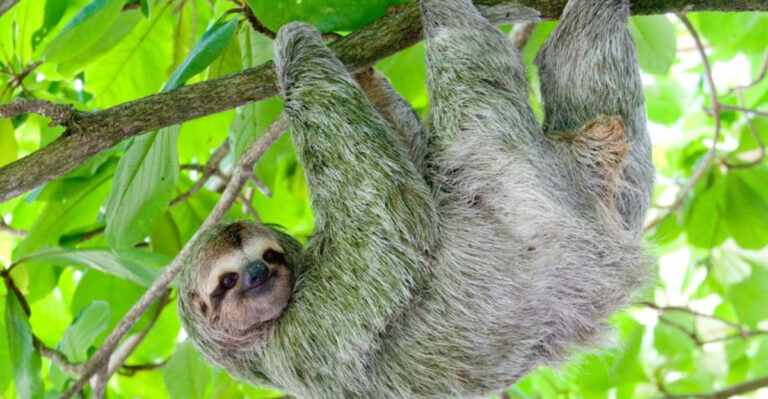20 Animals You Didn’t Know Could Make You Seriously Sick
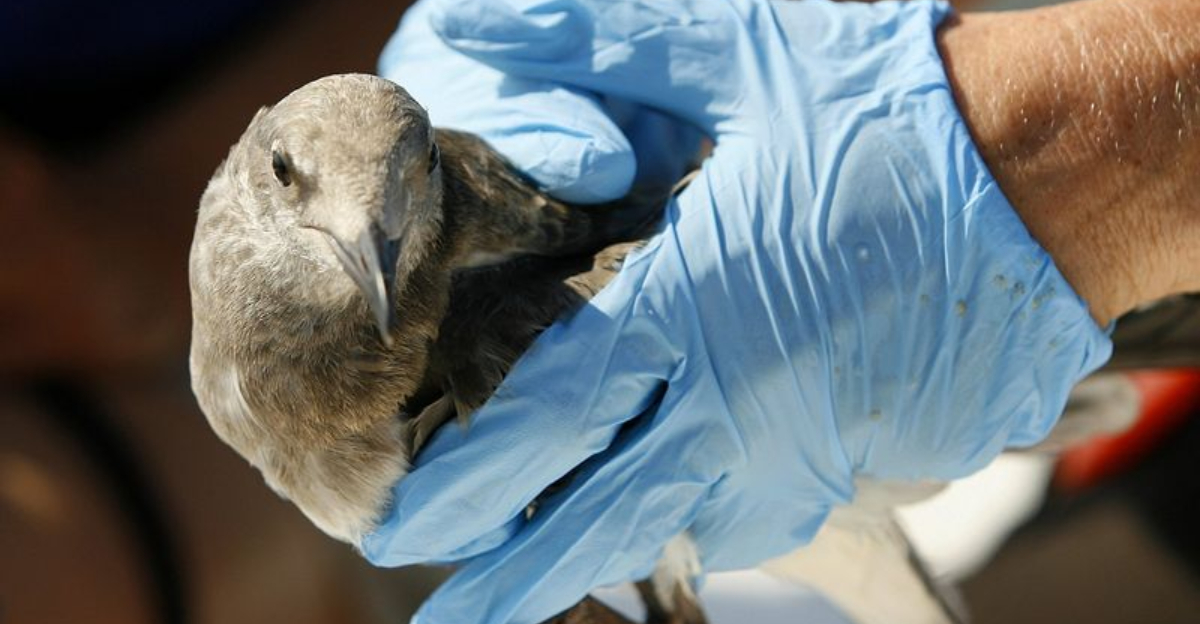
Some animals may look harmless—or even adorable—but they can carry diseases that pose real risks to humans. From bites to close contact, these creatures can transmit illnesses in surprising ways.
Let’s take a closer look at animals that carry harmful diseases and how to stay safe around them.
1. Camels
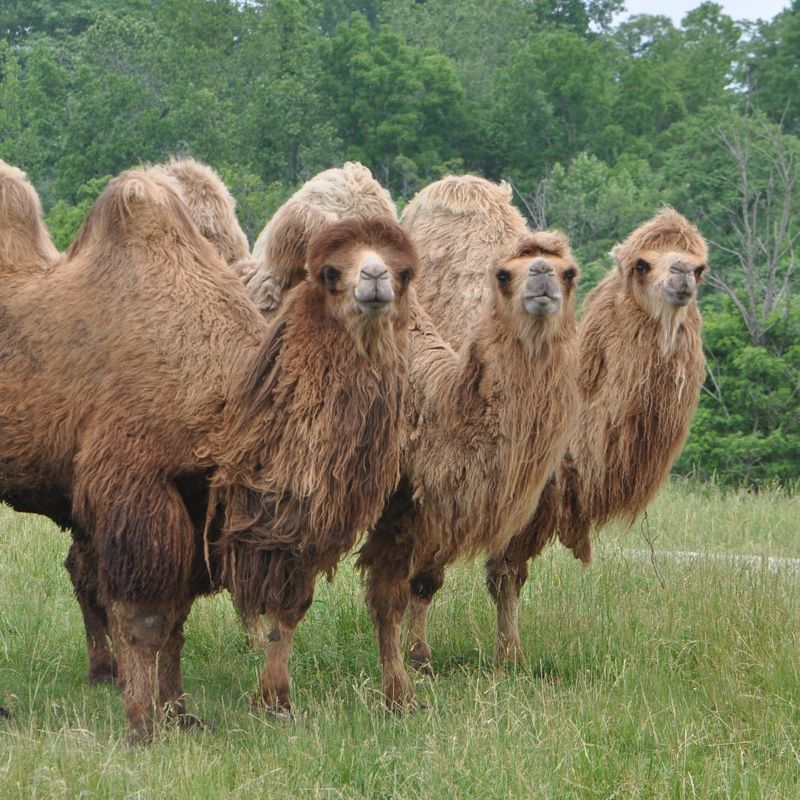
Camels, famous for thriving in arid regions, can carry the MERS coronavirus, a virus that can pass to humans through close contact or raw camel products.
To lower the risk, avoid consuming undercooked camel meat or unpasteurized milk, and wash hands after handling animals.
If you’re around camels, especially when they’re sick, it’s best to keep your distance.
Practicing good hygiene and being mindful of local health guidelines can go a long way.
With the right precautions, it’s possible to safely appreciate these iconic creatures.
2. Bats
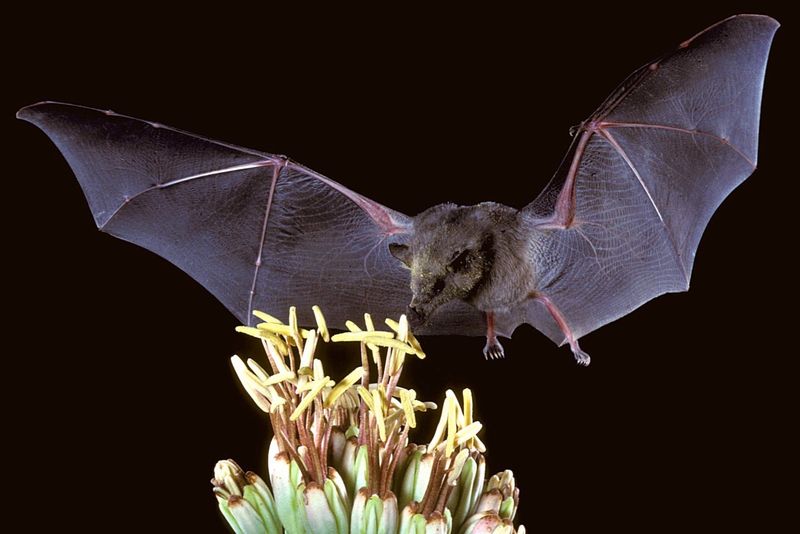
Bats are fascinating flyers that help control pests and pollinate plants, but they can also carry diseases like rabies.
Even a tiny bite or scratch from an infected bat can pose serious health risks.
Because of this, it’s best never to handle bats, especially if one seems sick or unusually friendly. Rabies is rare but deadly, so any potential exposure should be taken seriously.
If a bat finds its way indoors, don’t try to remove it yourself—call animal control or wildlife experts. Keeping your pets vaccinated is another smart step in case they encounter one.
Bats are vital to our ecosystems, but respecting their space keeps everyone safer.
3. Rodents
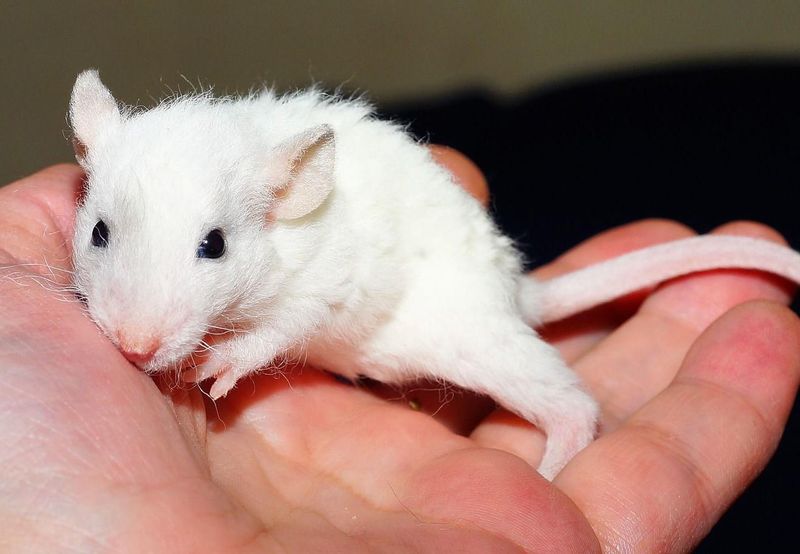
Rodents like rats and mice may be small, but they can carry some serious health risks.
Hantavirus, leptospirosis, and salmonella are just a few diseases linked to these unwelcome houseguests.
They often sneak into homes in search of food and warmth, especially during colder months.
Once inside, they can contaminate surfaces and food with their droppings and urine.
Sealing entry points and keeping your home clean are key to preventing infestations.
If rodents become a problem, traps or professional pest control can help keep them in check.
4. Raccoons
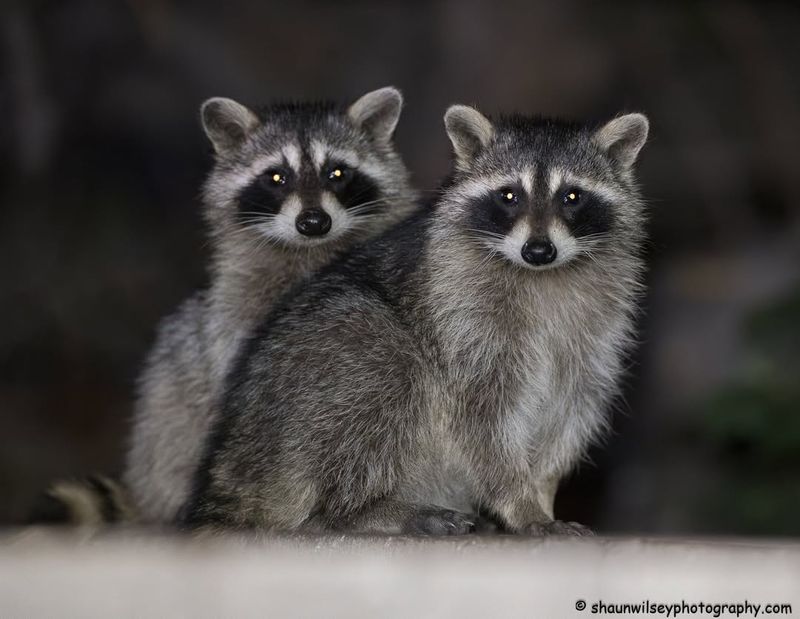
Raccoons are clever, curious, and often seen rummaging through trash in suburban areas—but they also pose health risks.
One major concern is rabies, a virus they can transmit through bites or scratches.
These masked mammals are also known to spread roundworm and other parasites, which can contaminate soil and surfaces.
It’s best to admire raccoons from a distance and never attempt to feed or approach them.
To keep them away, secure your garbage, don’t leave pet food outside, and block off potential denning spots.
5. Deer

Deer are graceful woodland dwellers, but they often host ticks that carry Lyme disease.
Though deer don’t spread the disease themselves, their presence increases the chances of tick exposure.
Wearing long clothing, using tick repellent, and doing thorough tick checks after outdoor activities are smart precautions.
Avoid feeding or approaching deer to minimize risk and protect both wildlife and yourself.
Staying tick-aware lets you enjoy nature safely while respecting its wild inhabitants.
6. Cats
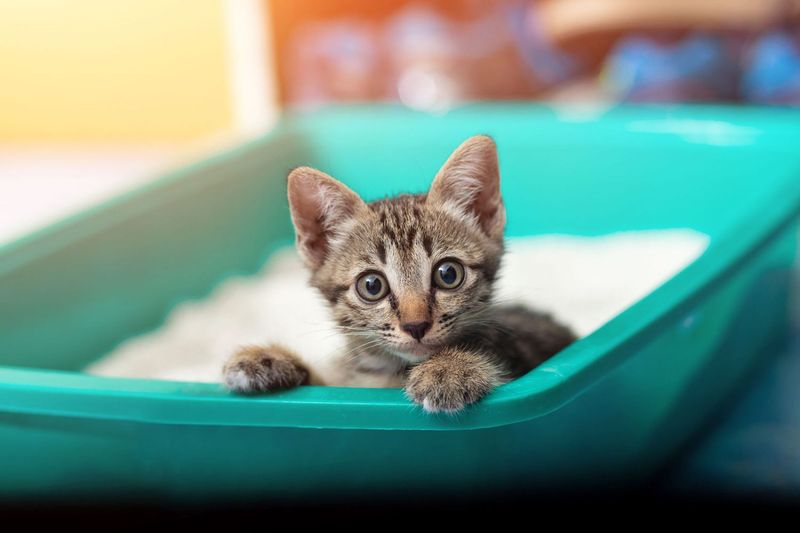
Cats are cherished companions, but they can occasionally pass diseases like toxoplasmosis to humans through their feces.
This parasitic infection poses greater risks for pregnant women and those with weakened immune systems.
To stay safe, clean litter boxes daily and wash your hands thoroughly afterward. Keeping your cat indoors can also reduce their exposure to the parasite.
Regular vet visits and responsible care go a long way in protecting both you and your furry friend.
With a little awareness, your bond with your cat can stay both happy and healthy.
7. Birds
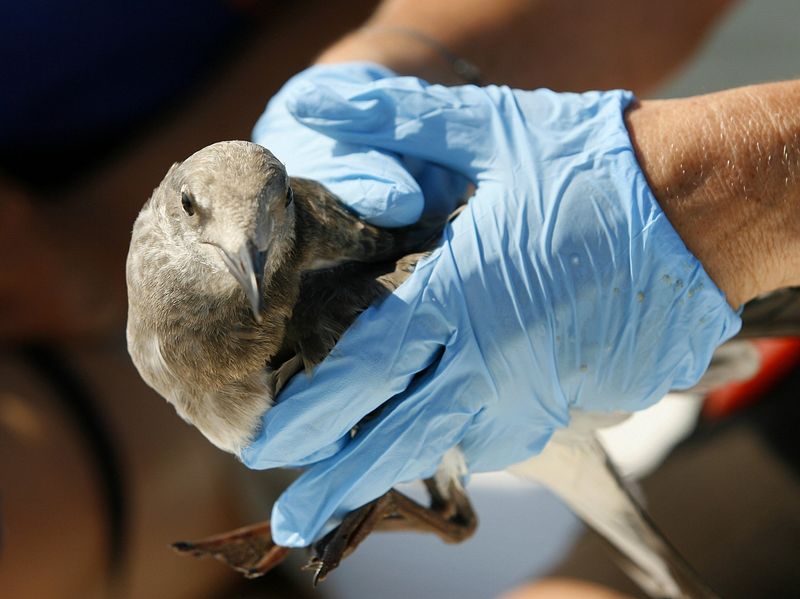
Birds are a joy to watch, but some can carry diseases like avian influenza that can spread to humans through close contact.
While rare, this risk is higher for those who handle poultry or wild birds regularly.
Simple habits like washing your hands after contact and avoiding sick or dead birds can go a long way in keeping you safe.
Cleaning bird feeders and baths routinely also helps prevent the spread of disease among bird populations.
If you keep pet birds or chickens, maintaining proper hygiene in their enclosures is key. With a little caution, you can enjoy birds safely and responsibly.
8. Ticks
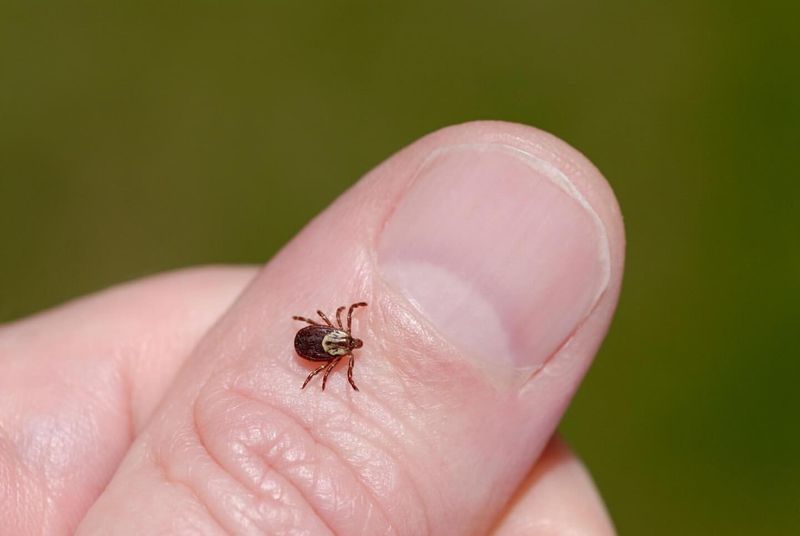
Ticks may be small, but they pose a big health risk to both humans and animals.
Found in grassy and wooded areas, these bloodsuckers can transmit serious diseases like Lyme disease and Rocky Mountain spotted fever.
Once attached, ticks can go unnoticed for hours or even days, increasing the chance of infection. Early removal is key to preventing illness.
To stay safe, wear long sleeves and pants when exploring the outdoors, and use tick repellent on skin and clothing.
Afterward, do a thorough tick check on yourself and your pets.
Keeping ticks off you isn’t just smart—it’s essential for your health and peace of mind.
9. Dogs

Dogs may be our loyal companions, but they can occasionally carry diseases that impact humans.
Rabies, though now rare due to vaccines, and leptospirosis, a bacterial illness from contaminated water, are two notable concerns.
Protect your household by keeping your dog up to date on vaccinations and avoiding areas with stagnant or dirty water. Routine vet checkups help catch any issues early.
Clean living spaces and good hygiene practices go a long way in preventing transmission.
With a little care, you can enjoy all the joys of dog ownership while staying safe and healthy.
10. Pigs
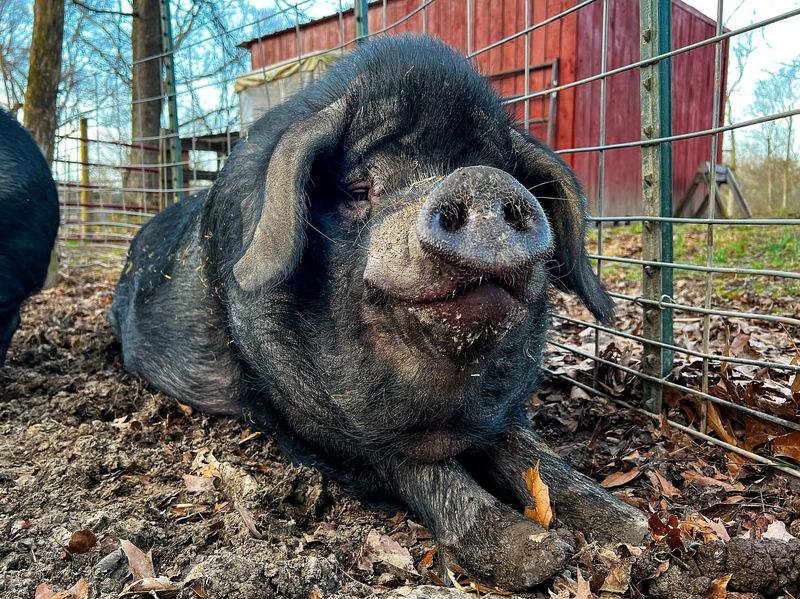
Pigs can carry diseases like swine flu, a respiratory illness caused by influenza viruses that sometimes spread to humans.
These viruses have been responsible for several global outbreaks.
People who work closely with pigs should use protective gear, practice good hygiene, and monitor pig health regularly.
Simple steps like handwashing and wearing gloves can go a long way.
Keeping pigs healthy and limiting exposure helps reduce the risk of transmission. With proper precautions, humans and pigs can coexist safely and responsibly.
11. Snakes
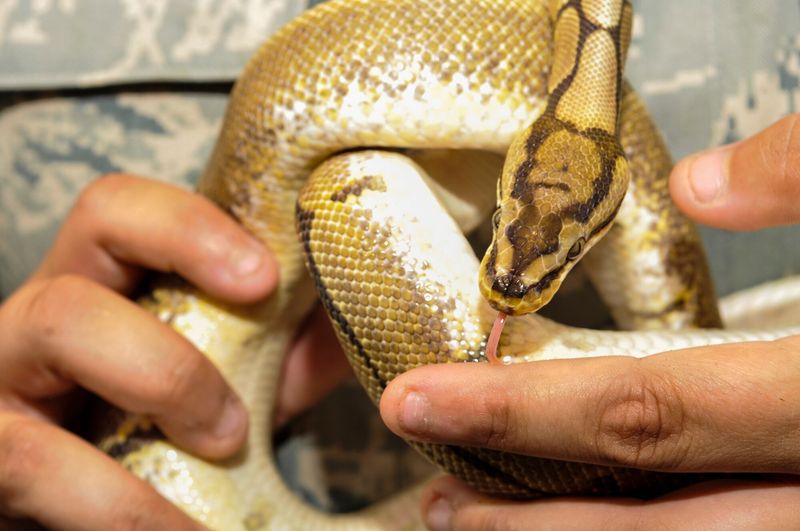
Snakes aren’t just known for their fangs—many also carry salmonella, a bacteria that can spread to humans through touch.
This risk is especially present when handling pet snakes or cleaning their enclosures.
Always wash your hands thoroughly afterward and avoid letting reptiles roam in areas where food is prepared.
Steering clear of wild snakes helps prevent not only bites but also unwanted bacterial exposure.
With careful hygiene and respect, you can safely admire these slithering creatures from near or far.
12. Monkeys
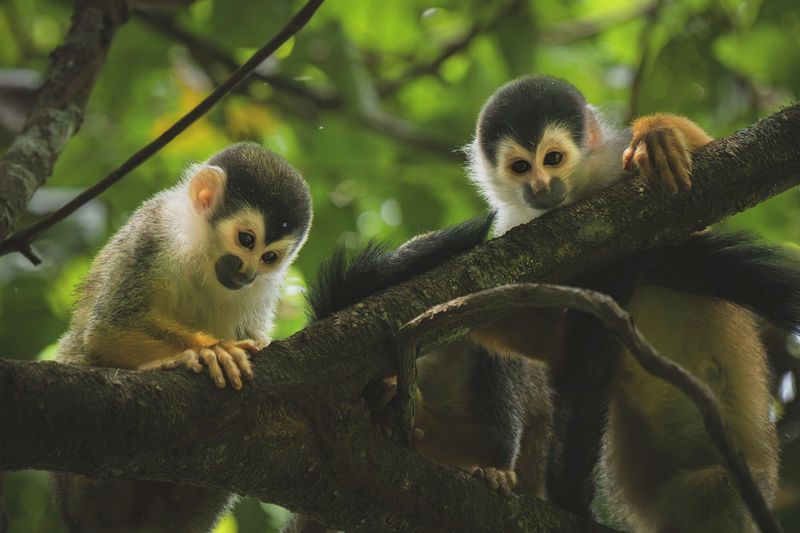
Monkeys often draw attention with their playful antics and human-like behavior, but they can carry dangerous diseases like herpes B virus.
Though rare, this virus can be deadly to humans if transmitted through bites or scratches.
Tourists and locals alike should avoid feeding or touching wild monkeys, no matter how tame they appear. Keeping your distance is the safest way to admire them.
Respecting wildlife boundaries not only protects you but also prevents animals from becoming overly dependent on human interaction.
Safe viewing lets you enjoy their charm without putting your health at risk.
13. Cattle
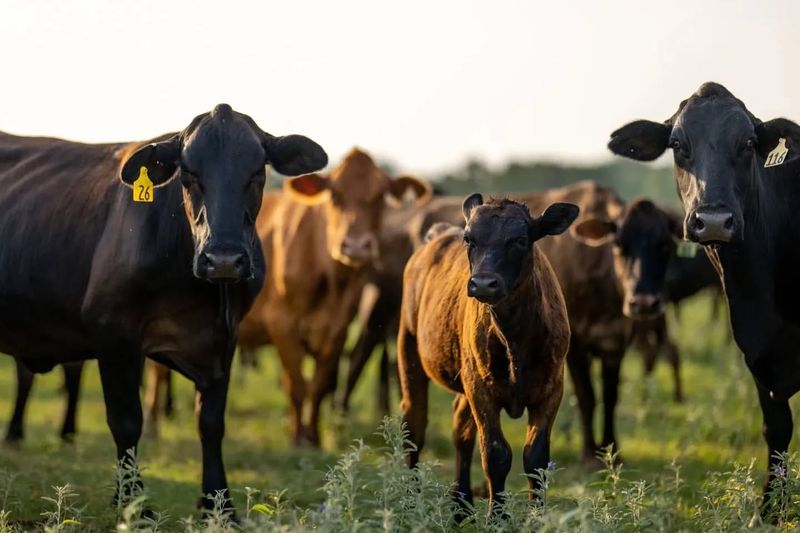
Cattle play a vital role in agriculture, but they can carry diseases like bovine tuberculosis and brucellosis that may spread to humans.
These illnesses are typically transmitted through direct contact or consuming unpasteurized dairy products.
To reduce the risk, farmers and workers should use protective gear and practice proper hygiene. Pasteurizing milk and thoroughly cooking beef are also key precautions.
Safe handling and awareness go a long way in preventing illness while maintaining a strong relationship with these valuable animals.
14. Mosquitoes
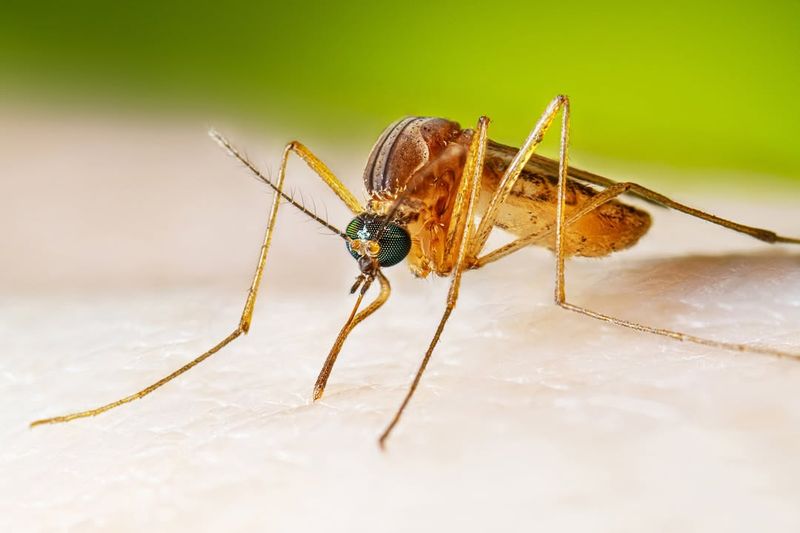
Mosquitoes may be tiny, but they’re among the deadliest creatures on Earth due to the diseases they spread.
These buzzing pests are responsible for transmitting malaria, dengue, Zika, and West Nile virus.
Thriving in warm, humid areas, mosquitoes breed in standing water—think birdbaths, puddles, and clogged gutters. Just one bite can put you at risk for serious illness.
To protect yourself, use insect repellent, wear long sleeves, and sleep under nets if you’re in high-risk regions.
Eliminating sources of stagnant water around your home can also reduce mosquito populations.
15. Sheep
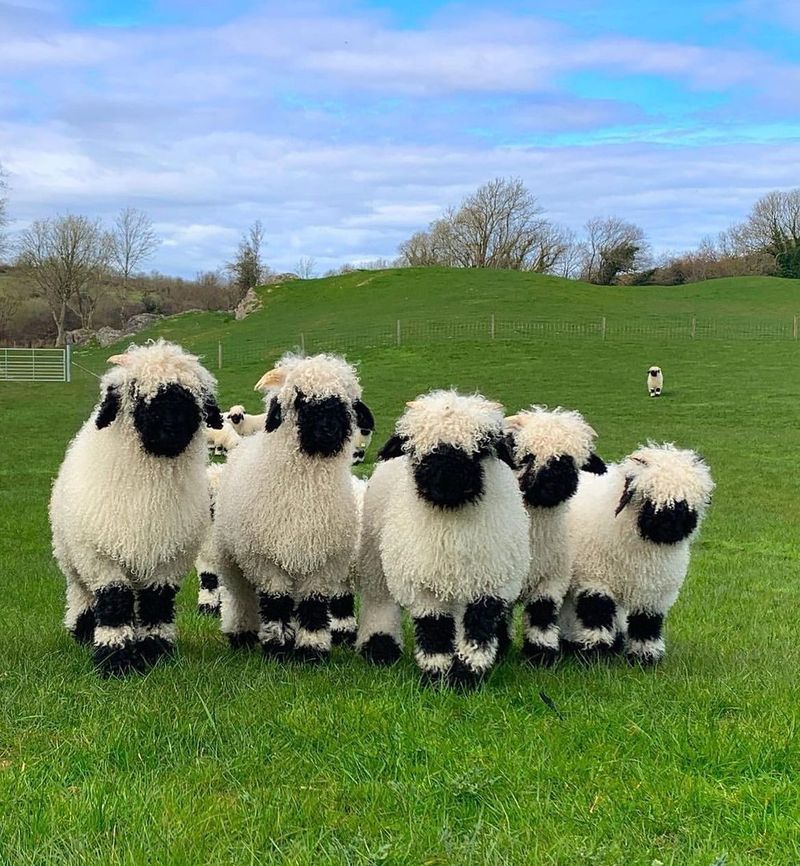
Sheep may be calm and familiar farm animals, but they can carry diseases like Q fever, a bacterial infection that spreads through contaminated dust from birth fluids or manure.
Farmers and handlers should wear protective gear and maintain well-ventilated areas to minimize exposure. Washing hands thoroughly after contact is also crucial.
With proper precautions, working around sheep can remain safe and healthy.
Responsible care and awareness help prevent potential infections while preserving the bond between humans and livestock.
16. Horseshoe Crab
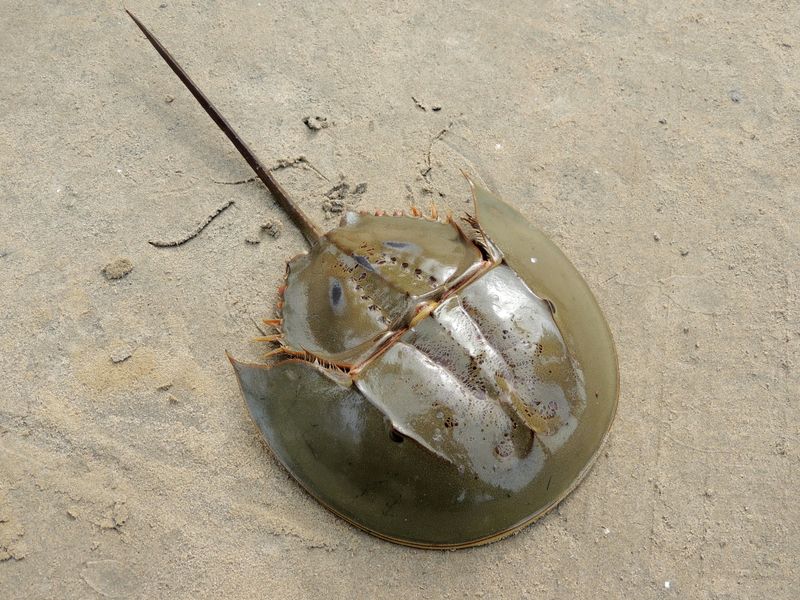
This prehistoric marine creature might not seem dangerous at first glance.
However, its blue blood is harvested for Limulus amebocyte lysate, crucial in testing medical equipment for bacterial contamination.
Handling these crabs carelessly can expose humans to Vibrio bacteria, leading to severe infections.
These bacteria thrive in warm seawater and can cause skin lesions, vomiting, and diarrhea. Immediate medical attention is essential if infected.
Interestingly, horseshoe crabs play a vital role in ecosystems, often seen as harmless. Avoiding direct contact is a simple yet effective preventive measure.
17. Chickens
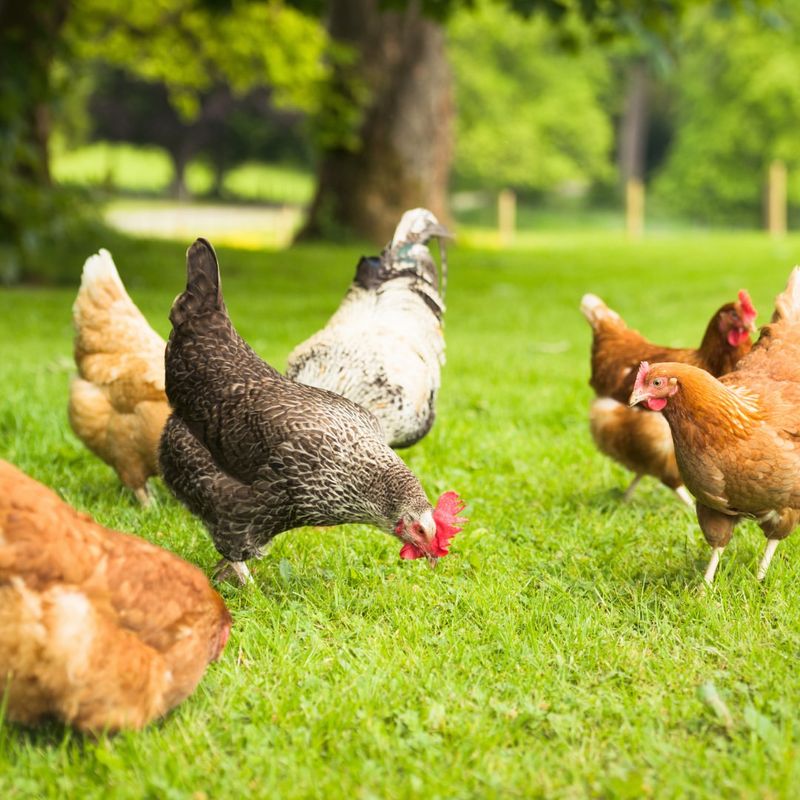
Chickens are a staple on farms and in kitchens, but they can carry salmonella, a bacteria that causes foodborne illness in humans.
This can spread through undercooked meat, raw eggs, or poor hygiene during handling.
To stay safe, always cook poultry thoroughly and keep raw chicken separate from other foods. Clean hands, utensils, and surfaces after contact with chicken products.
Maintaining clean coops and monitoring flock health also help reduce the risk of transmission.
With the right precautions, you can enjoy the benefits of chickens without the worry.
18. Foxes
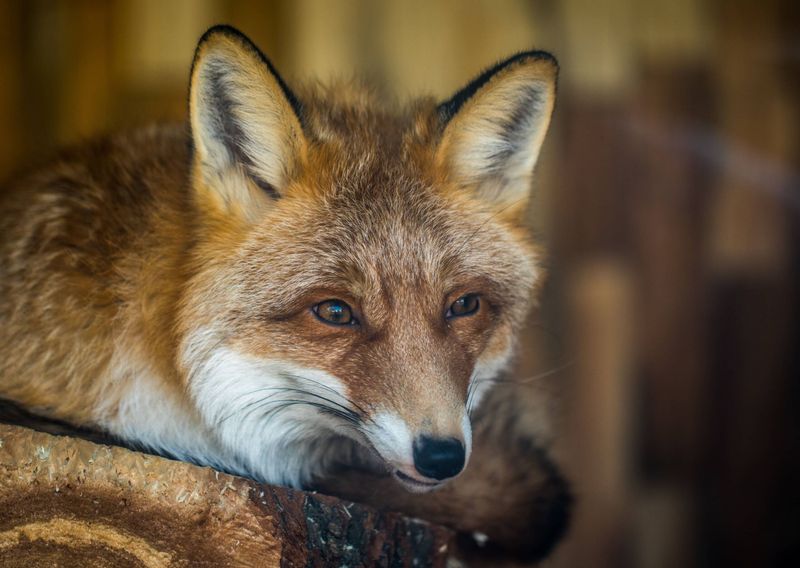
Foxes may be clever and captivating, but they can carry rabies, a serious disease transmissible through bites.
Keeping a safe distance and vaccinating your pets are essential precautions.
If you see a fox acting strangely—like seeming overly aggressive or disoriented—report it to local wildlife authorities.
These creatures thrive in both rural and suburban areas, so awareness matters. Admiring foxes from afar allows us to enjoy their wild charm while staying safe.
19. Parakeets
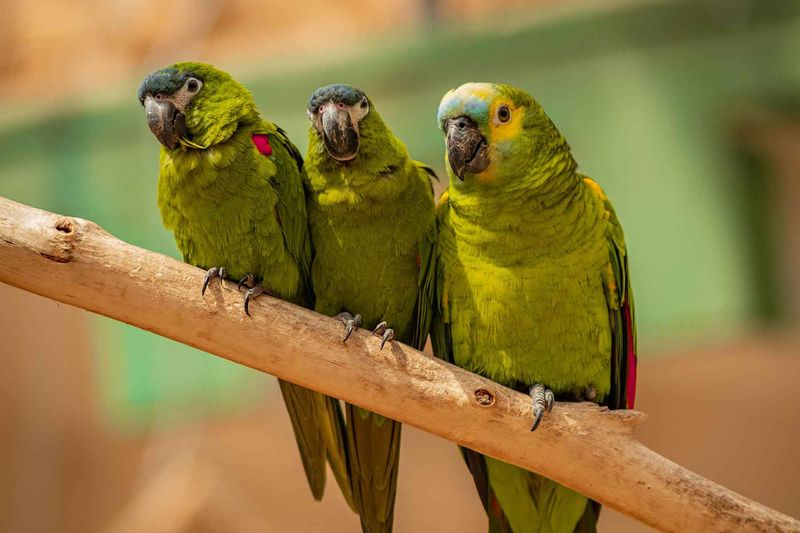
Parakeets may be cheerful companions, but they can carry psittacosis—a bacterial infection that spreads through inhaled particles from dried droppings.
To keep the risk low, clean their cage regularly and wash your hands after handling them or their space.
Routine vet visits are also key to catching any potential issues early.
With proper care and hygiene, parakeets remain safe, feathered friends.
A little responsibility goes a long way in keeping both you and your bird healthy.
20. Capybara
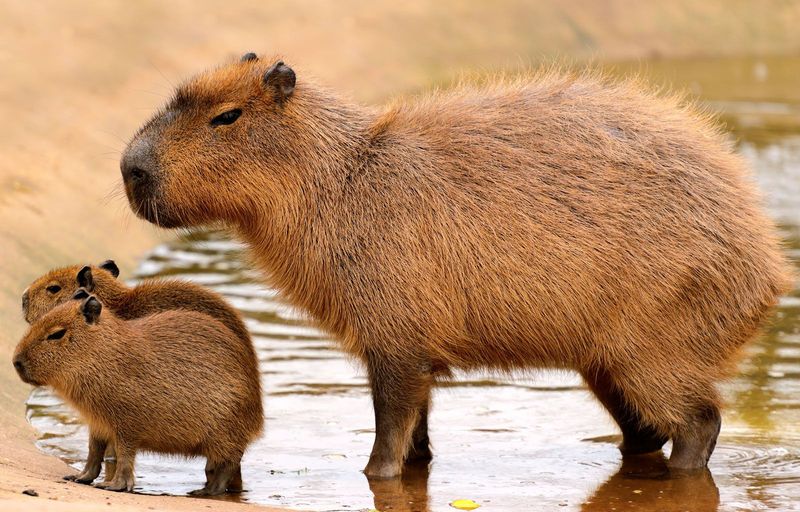
The world’s largest rodents are often admired for their laid-back nature and social behavior.
However, they can be carriers of the Leptospira bacteria, leading to leptospirosis in humans.
This disease manifests with symptoms like fever, headache, and muscle pains, potentially progressing to severe complications.
Contact with capybara urine, often found near water bodies, can facilitate transmission. Practicing caution around these gentle giants, especially in their natural habitats, is advisable.
Understanding the risks and respecting wildlife boundaries contribute to safer interactions and a healthier coexistence with these serene creatures.


